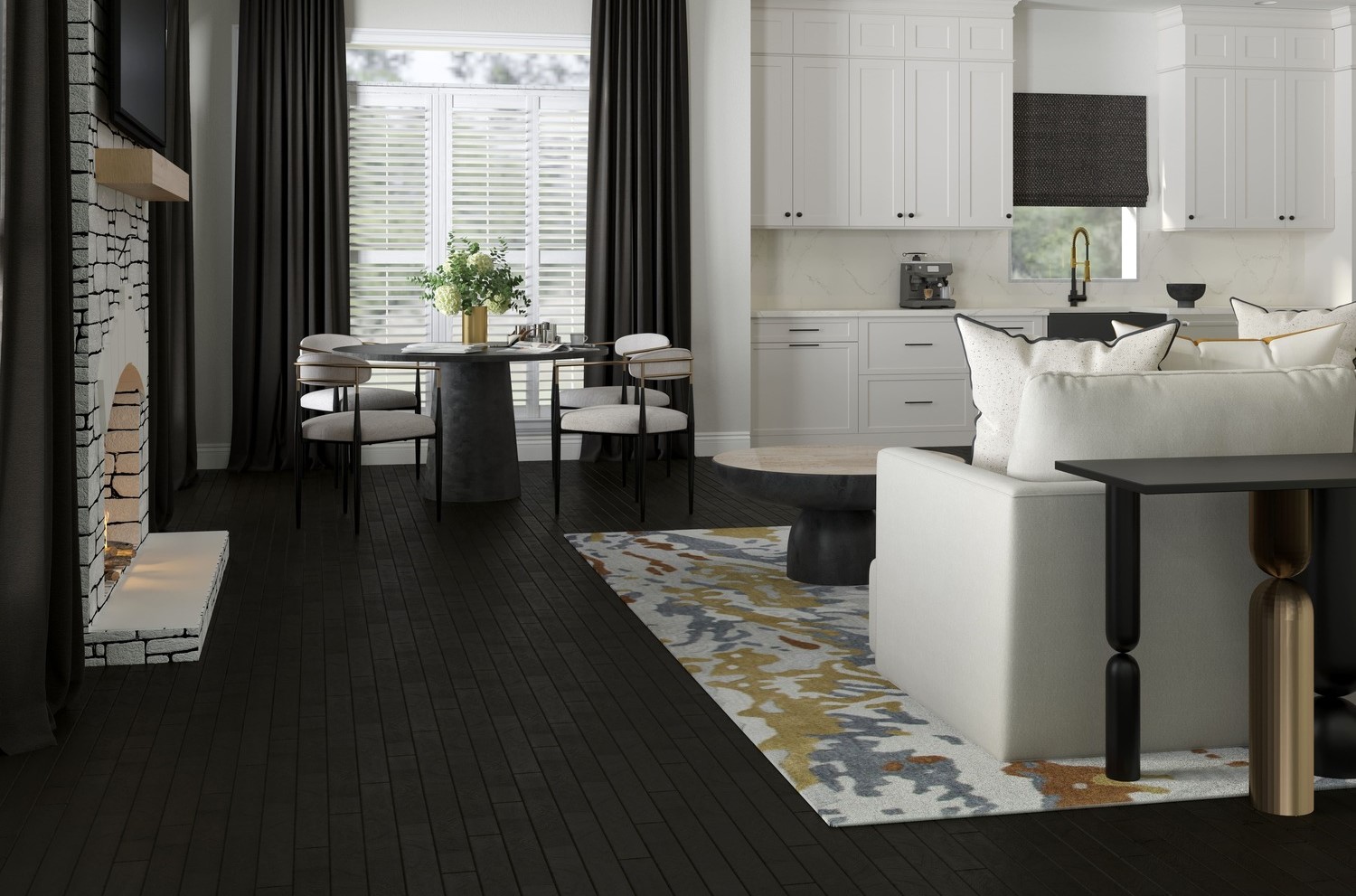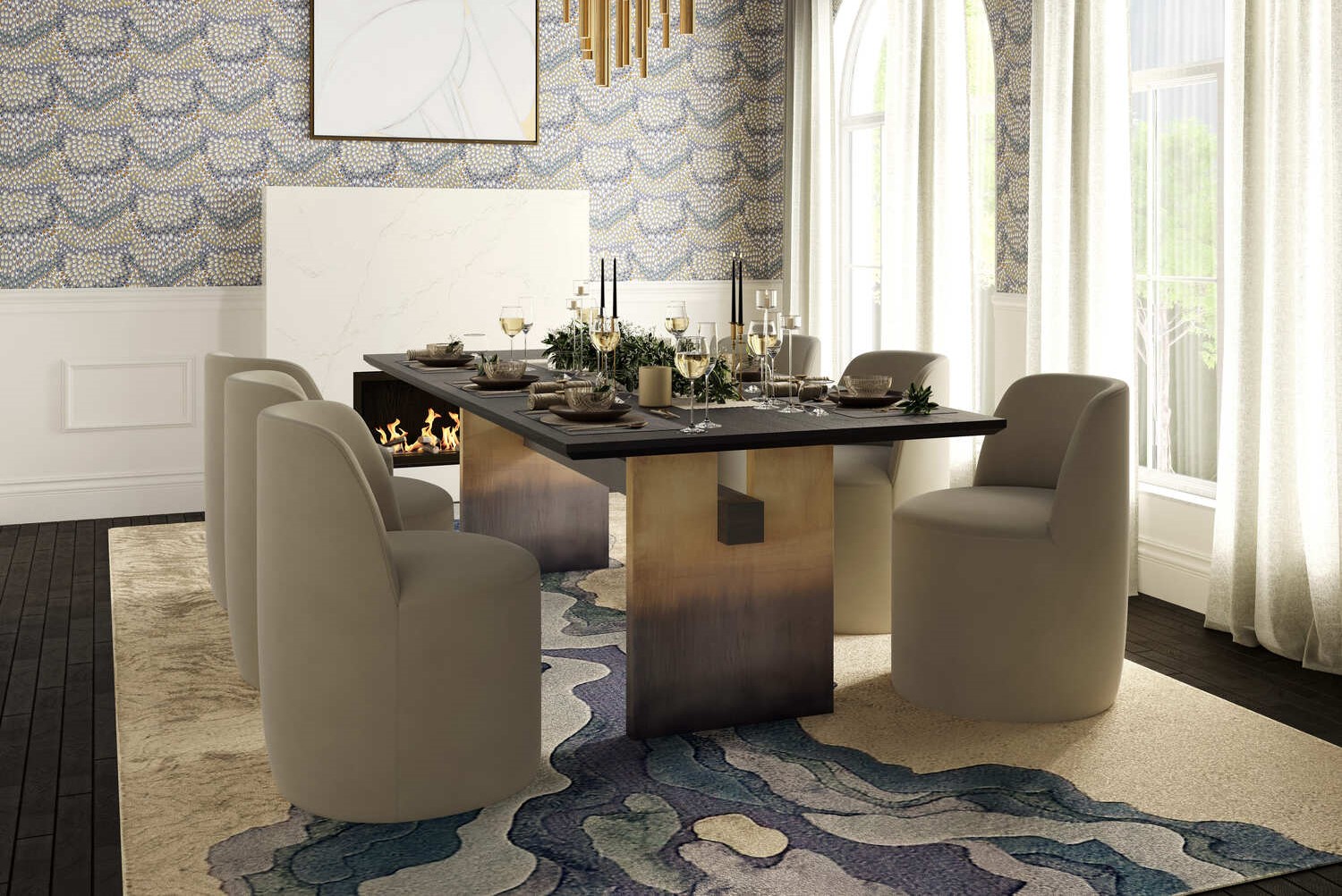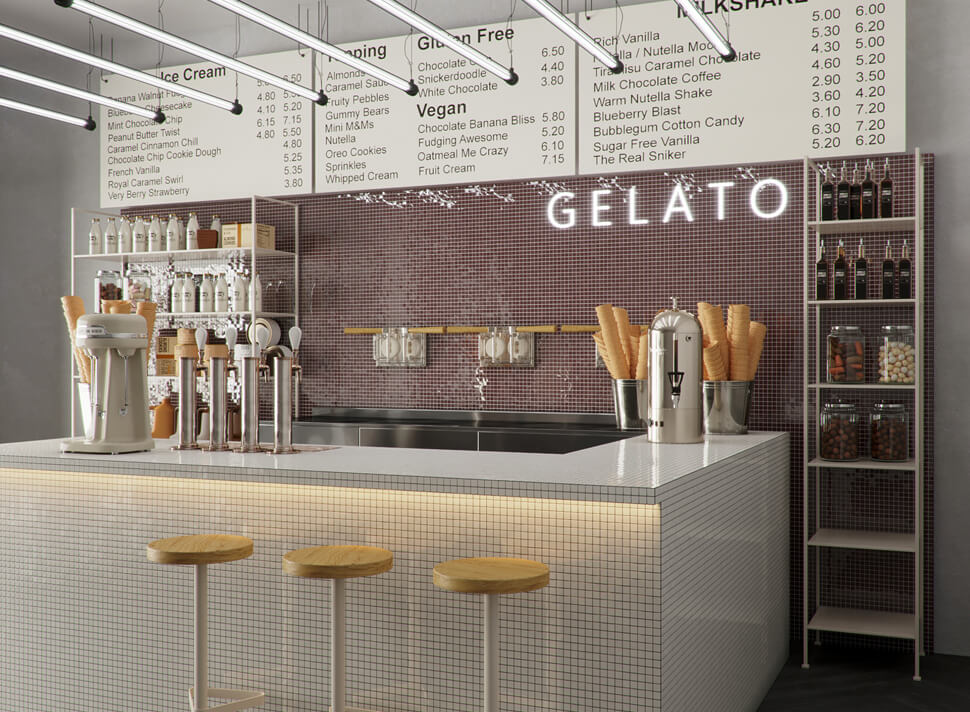Creating Compelling 3D Visual Content for Social Media
In the ever-evolving social media marketing landscape, brands constantly seek new ways to capture attention and stand out from the crowd. As users scroll through their feeds at lightning speed, the challenge of creating content that stops thumbs and engages minds has never been more crucial. Enter the world of 3D visual content – a powerful tool revolutionizing how brands communicate and connect with their audiences across social platforms.
The Rise of 3D Visual Content in Social Media
The digital realm has witnessed a seismic shift in recent years, with 3D visual content emerging as a game-changer for social media strategies. According to a recent study by Socialbakers, posts featuring 3D elements garnered 42% more engagement than their 2D counterparts across major social networks. This surge in popularity isn't just a fleeting trend; it reflects our innate attraction to depth, dimension, and interactivity in visual storytelling.

Image from Yousee Studio
The human brain processes visual information 60,000 times faster than text, and when that visual information is presented in three dimensions, the impact is even more profound. Neuroscientific research conducted by the University of Southern California found that 3D visuals increased memory retention by up to 73% compared to traditional 2D images. For brands, this translates to momentary attention and lasting impressions that can significantly influence consumer behavior.
Crafting a 3D Visual Strategy That Resonates
To harness the full potential of 3D visual content, brands must approach its creation and implementation with creativity and strategy. Here's how to develop a 3D visual strategy that captivates and converts:
1. Understand Your Audience's Perspective
Before diving into 3D creation, it's crucial to understand how your audience perceives and interacts with visual content. Conduct surveys and analyze engagement metrics to identify which types of visuals resonate most with your followers. Are they drawn to realistic product renderings or more abstract, artistic interpretations? Do they engage more with interactive 3D models or prefer passive viewing experiences?
A study by Hootsuite revealed that 68% of social media users are more likely to engage with content that aligns with their visual preferences. By tailoring your 3D content to these preferences, you can significantly boost engagement rates and foster a stronger connection with your audience.
2. Align 3D Content with Brand Identity.
While the allure of 3D visuals is undeniable, it is essential that your content aligns seamlessly with your brand's identity and messaging. Develop a 3D visual style guide that outlines color palettes, textures, and design elements that reflect your brand's personality and values. This consistency reinforces brand recognition and helps build trust with your audience.

Image from Yousee Studio
Consider the case of a sustainable fashion brand that incorporated 3D renderings of its eco-friendly manufacturing process into its social media content. By showcasing its commitment to sustainability through immersive 3D visuals, the brand saw a 35% increase in brand sentiment and a 28% boost in customer loyalty, as measured by repeat purchases and social sharing.
Innovative Techniques for 3D Content Creation
To stand out in the saturated social media landscape, brands must push the boundaries of creativity and technology. Here are some cutting-edge techniques for creating compelling 3D visual content:
1. Augmented Reality (AR) Filters and Effects
AR filters have taken social media by storm, with platforms like Instagram and Snapchat leading the charge. Brands can leverage this technology to create immersive 3D experiences that users can interact with directly through their devices. For instance, a cosmetics brand could develop an AR filter allowing users to virtually try different makeup looks, complete with 3D textures and lighting effects.
The beauty giant Sephora implemented an AR-powered "Virtual Artist" feature on their app and social channels, allowing users to test products in 3D. This initiative led to a staggering 200% increase in user engagement and a 17% boost in conversion rates for featured products.
2. 3D Product Visualization
For e-commerce brands, 3D product visualization is a game-changer. By creating detailed, interactive 3D models of products, brands can offer customers a virtual "hands-on" experience that closely mimics in-store shopping. This technique is particularly effective for the furniture, fashion, and electronics industries.
A leading furniture retailer introduced 3D product models on their social media channels, allowing users to view items from all angles and even place them virtually in their own spaces. This initiative resulted in a 40% reduction in product returns and a 25% increase in social media-driven sales.
3. 3D Data Visualization
3D visualization can transform dry statistics into engaging, shareable content for brands dealing with complex data or abstract concepts. By presenting information in three-dimensional space, you can make intricate data sets more accessible and memorable to your audience.
A fintech startup used 3D data visualization to illustrate market trends and investment strategies on social media platforms. This approach simplified complex financial concepts and led to a 55% increase in engagement rates and a 30% growth in their follower base among millennial investors.
Optimizing 3D Content for Different Social Platforms
Each social media platform has its unique characteristics and user behaviors. To maximize the impact of your 3D visual content, it's crucial to tailor your approach to each platform's strengths:
- Instagram: Focus on visually striking 3D imagery that tells a story within a single frame. Utilize carousel posts to showcase multiple angles of 3D models or to break down complex 3D animations into digestible sequences.
- Facebook: Leverage the platform's support for 3D posts to create interactive experiences directly within users' feeds. Encourage engagement by prompting users to interact with your 3D content through likes, comments, and shares.
- Twitter: While traditionally text-heavy, Twitter's support for rich media makes it an excellent platform for sharing eye-catching 3D GIFs or short animations that can stop users mid-scroll.
- LinkedIn: For B2B brands, use 3D visualizations to illustrate industry trends, product features, or company achievements in a professional yet engaging manner.
- TikTok: Embrace the platform's creative spirit by incorporating 3D elements into short-form videos. Use 3D effects and transitions to create visually stunning content that aligns with current TikTok trends.
Measuring the Impact of 3D Visual Content
To refine your 3D content strategy and justify investment in this technology, tracking and analyzing performance metrics is essential. Some key performance indicators (KPIs) to consider include:
- Engagement Rate: Monitor likes, comments, shares, and saves to gauge how well your 3D content resonates with your audience.
- Click-Through Rate (CTR): Track CTR for 3D content linked to landing pages or product listings to measure its effectiveness in driving traffic.
- Time Spent: Analyze how long users interact with your 3D content compared to traditional 2D posts.
- Conversion Rate: For e-commerce brands, measure the impact of 3D product visualizations on actual sales.
- Brand Recall: Conduct surveys to assess how well users remember your brand after exposure to 3D content.

Image from Yousee Studio
A comprehensive study by Adweek found that brands incorporating 3D visual content into their social media strategies saw an average increase of 32% in engagement rates and a 24% boost in conversion rates compared to those relying solely on traditional 2D content.
Overcoming Technical Hurdles in 3D Content Creation
While the benefits of 3D visual content are clear, many brands face technical challenges in its creation and implementation. Here are some strategies to overcome common hurdles:
- Invest in Training: Upskill your creative team in 3D modeling and animation techniques. Online courses and workshops can provide a solid foundation without breaking the bank.
- Leverage Cloud-Based 3D Tools: Platforms like Sketchfab and Clara.io offer accessible, browser-based 3D modeling and rendering capabilities, reducing the need for expensive hardware and software.
- Collaborate with 3D Specialists: For complex projects, consider partnering with specialized 3D content creators or agencies to ensure high-quality output.
- Optimize for Mobile: Over 50% of social media usage occurs on mobile devices, so ensure your 3D content is optimized for smooth performance on smartphones and tablets.
- Use Progressive Loading: Implement techniques like progressive mesh loading to ensure 3D content renders quickly, even on slower connections.
Ethical Considerations in 3D Content Creation
As brands dive deeper into 3D visual content, it's crucial to consider the ethical implications of this powerful technology:
- Transparency: Label 3D renderings and virtual try-ons to avoid misleading consumers about product attributes or effects.
- Data Privacy: When using AR filters or interactive 3D experiences, be transparent about data collection and usage, ensuring compliance with privacy regulations like GDPR and CCPA.
- Accessibility: Design 3D content with accessibility in mind, providing alternative text descriptions and ensuring compatibility with screen readers.
- Cultural Sensitivity: Be mindful of cultural nuances when creating 3D content for global audiences, avoiding stereotypes or potentially offensive representations.
By addressing these ethical considerations, brands can build trust with their audience and create a positive association with their 3D visual content.
Conclusion: Embracing the 3D Revolution in Social Media
Integrating 3D visual content into social media strategies represents a paradigm shift in digital marketing. By harnessing the power of depth, interactivity, and immersion, brands can create experiences that capture attention and foster deeper connections with their audiences.
As we look to the future, the boundaries between the physical and digital worlds will continue to blur, with technologies like virtual reality (VR) and mixed reality (MR) poised to revolutionize social media engagement further. Brands that embrace 3D visual content today are not just staying ahead of the curve; they're laying the foundation for the next evolution of social media marketing.
In a landscape where the average person encounters up to 10,000 brand messages daily, 3D visual content offers a unique opportunity to break through the noise and leave a lasting impression. By combining creativity, strategy, and technological innovation, brands can transform their social media presence from a mere touchpoint to an immersive brand experience that resonates long after users have scrolled past.
Contact us at YouSee Studio for captivating 3D renderings and immersive virtual experiences.
Karen Spacey is a content writer and the author of this article.




